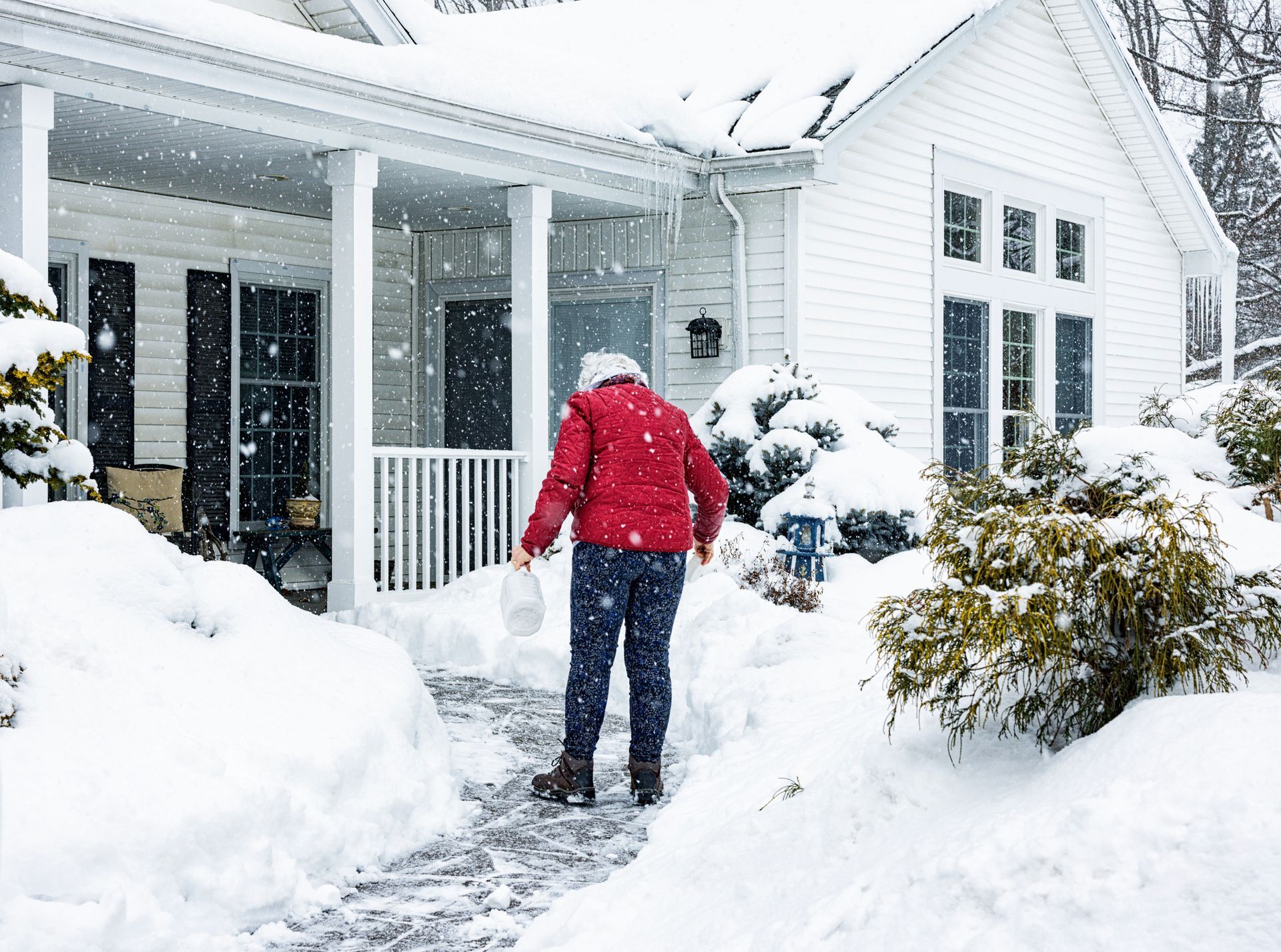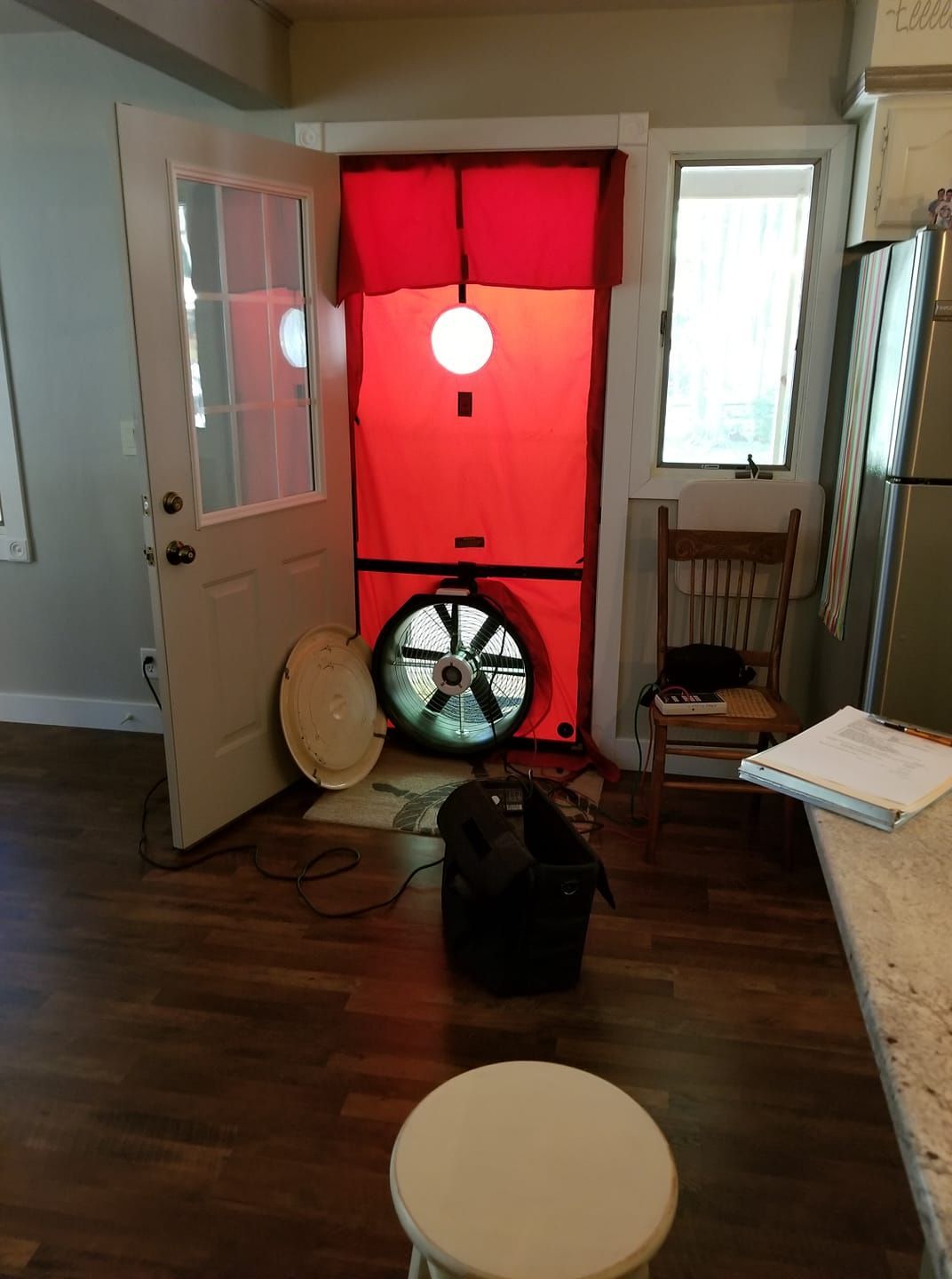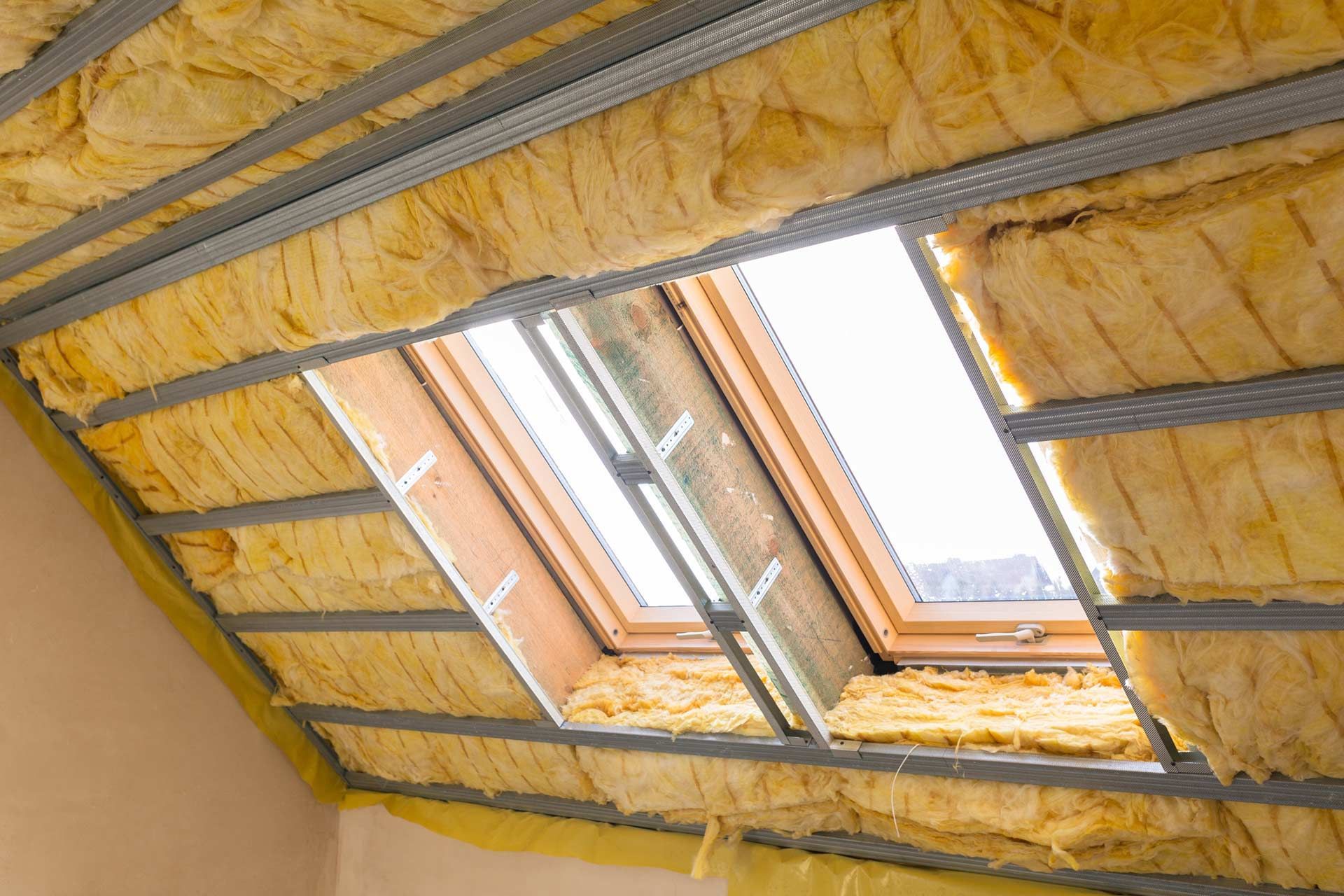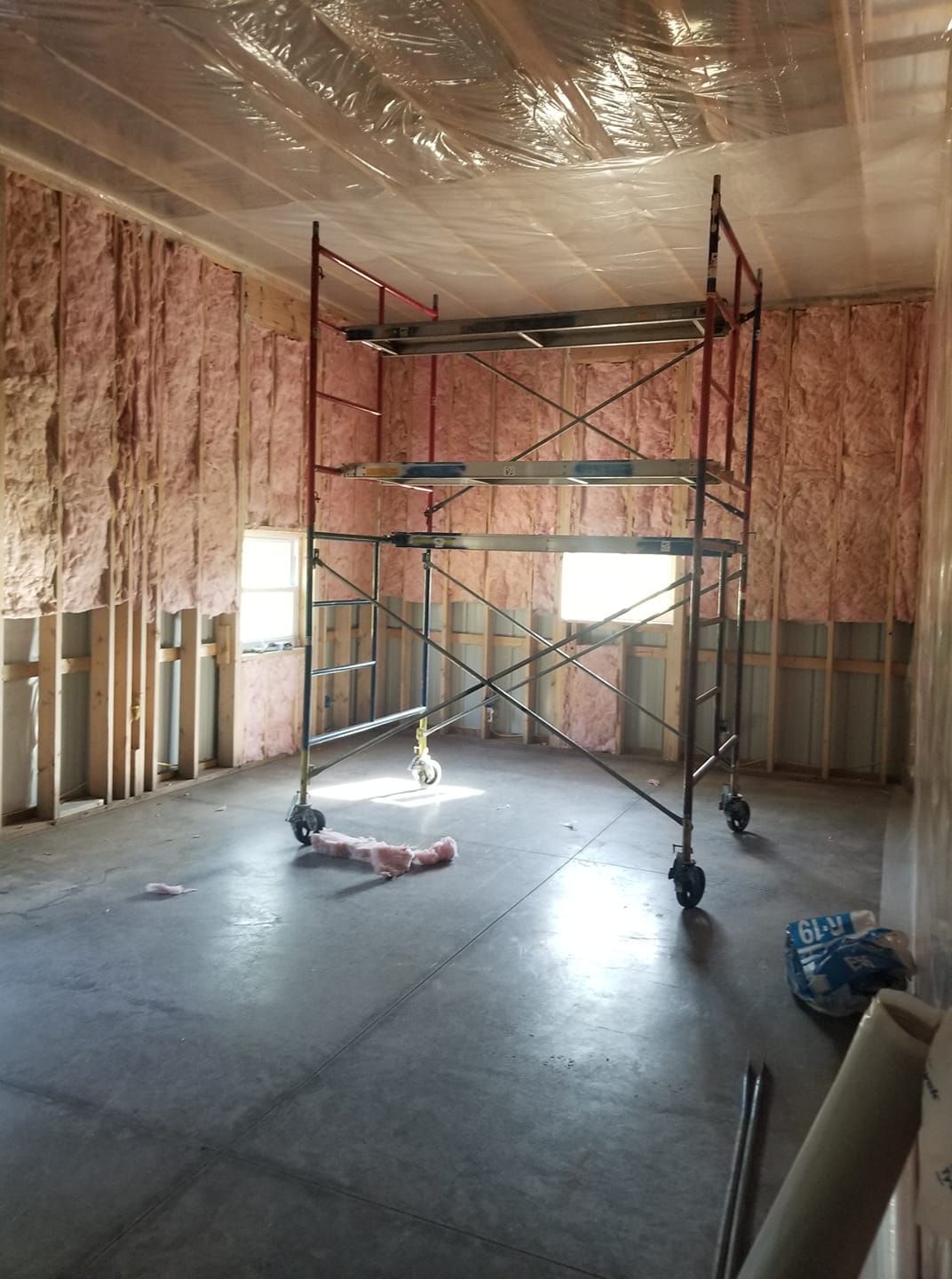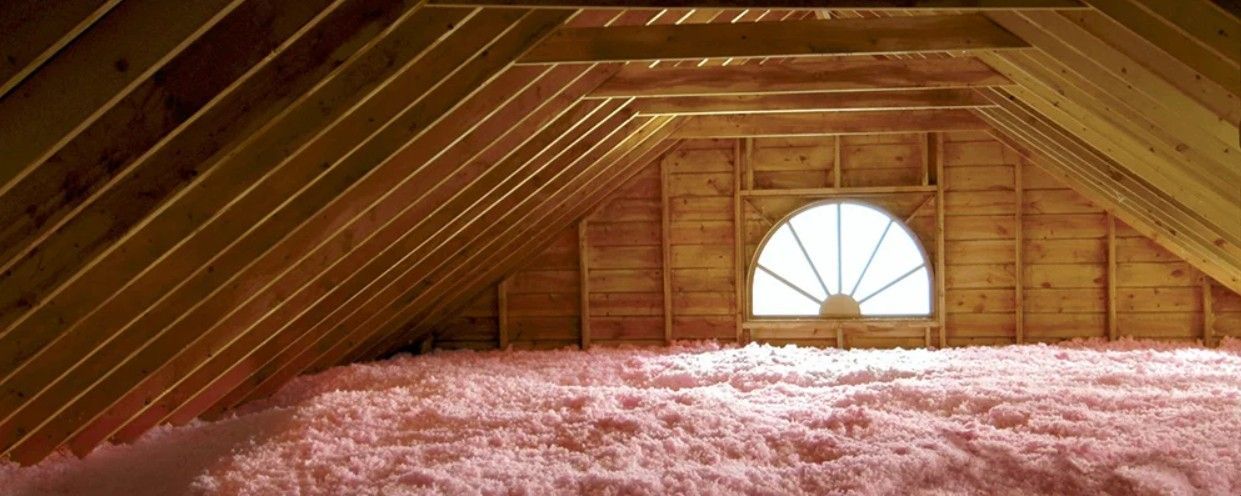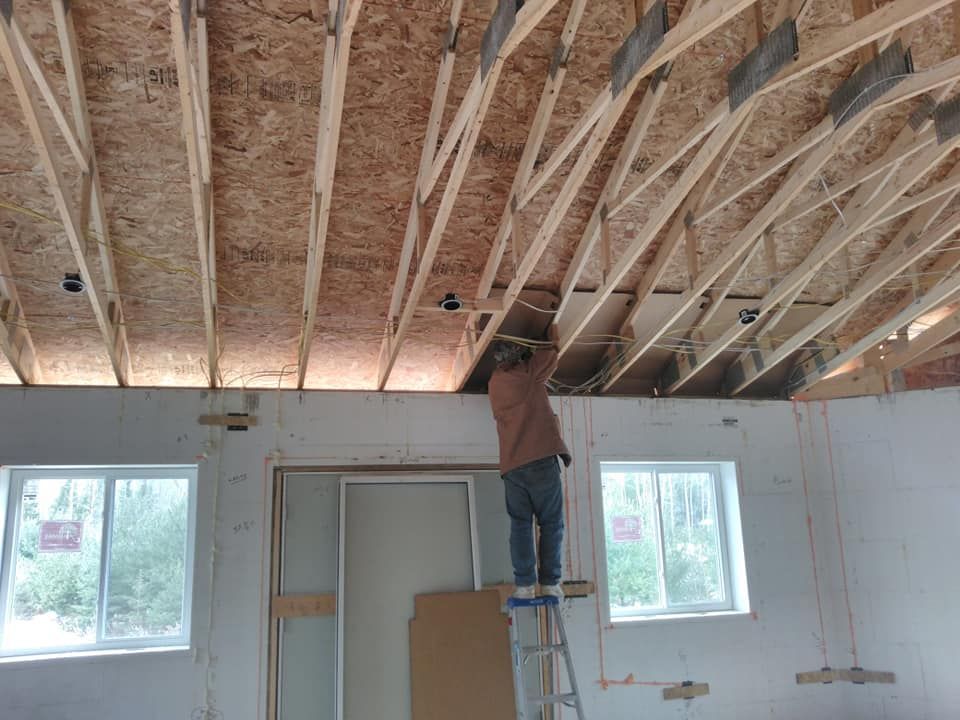Recognizing Ice Dam Damage and How Proper Insulation Can Help Prevent Expensive Repairs
What is an Ice Dam?
An ice dam is a build-up of ice that forms along a roof’s edge, blocking the flow of melted snow. As snow melts, the water is prevented from draining properly, refreezing as temperatures drop and leaking beneath shingles. This can result in damage to the roof, attic, walls, and other areas of the home.
How Ice Dams Form
The National Weather Service explains that ice dams occur when snow on a roof melts during the day due to warm air from the house and refreezes overnight when temperatures drop. As snow melts and drains off the roof, it meets colder areas and refreezes, causing water to pool and eventually seep under shingles.
Dangers of Ice Dams
Ice dams pose a serious risk to both the roof’s effectiveness and the home’s interior. Water that leaks beneath shingles can damage the attic and walls, leading to water damage, mold, and mildew, which can also create health hazards for homeowners.
5 Indicators You Have an Ice Dam
If you live in a cold climate, it's important to watch for signs of ice dams. Addressing the problem early can help minimize repair costs. Be on the lookout for these five signs of ice dam damage:
- Leaks or Water Intrusion Indoors: If left untreated, ice dams can cause water to penetrate the roof and enter the home, resulting in leaks in the attic or walls. Moisture may accumulate on interior surfaces, and visible water damage, such as stains or drips, is a clear indicator of an ice dam.
- Frozen Exterior Surfaces: The water backed up by an ice dam can leak down exterior walls and freeze behind siding or in other areas. If you notice frozen exterior surfaces during the winter or water damage in the warmer months, it may be a sign of an ice dam.
- Dry Gutters Despite Snowfall: Gutters may appear clogged or backed up even if no debris is present, as ice dams block water from draining off the roof. Ice may also accumulate in the gutters themselves, preventing proper drainage.
- Ice Build-Up Along Roof Edges: Icicles or ice build-up along rooflines are common signs of an ice dam. These result from water not draining properly off the roof and should be investigated to prevent further damage.
- Uneven Snow Melt:
Uneven melting of snow on the roof is often a result of varying roof temperatures, which can indicate the beginning of an ice dam. Snow may melt at the top of the roof and remain on lower areas, creating conditions for an ice dam to form.
How to Prevent Ice Dams
There are several preventative measures to take before an ice dam forms, including snow removal and improving attic insulation.
- Roof Raking: A roof rake can be used to remove snow from the roof, preventing it from melting and refreezing into an ice dam.
- Professional Snow Removal: If manual snow removal is not an option, homeowners can hire professional services. These experts use specialized equipment to clear the roof, helping to prevent ice dams from forming.
- Improve Attic Insulation: Poor attic insulation is a major cause of ice dams. Insufficient insulation allows heat to escape from the home’s upper levels, creating temperature imbalances that lead to ice dams. A professional insulation contractor can help you improve your attic’s insulation to maintain a consistent roof temperature.
- Clear Gutters: Regularly Keeping gutters free of debris is essential for proper water drainage. Clogged gutters can worsen ice dams by preventing water from draining off the roof.
Protect Your Roof with Proper Insulation
The most effective way to prevent ice dams is by ensuring your attic is properly insulated. A well-insulated attic maintains a consistent temperature, preventing ice dams from forming and protecting your roof from costly damage. At
All Weather Insulation, servicing
Green Bay and
Appleton Wisconsin surrounding area, specializes in helping homeowners upgrade their attic insulation for improved comfort and durability. Contact us today at
920-494-6966 for assistance with ice dam prevention and insulation services to protect your home.


